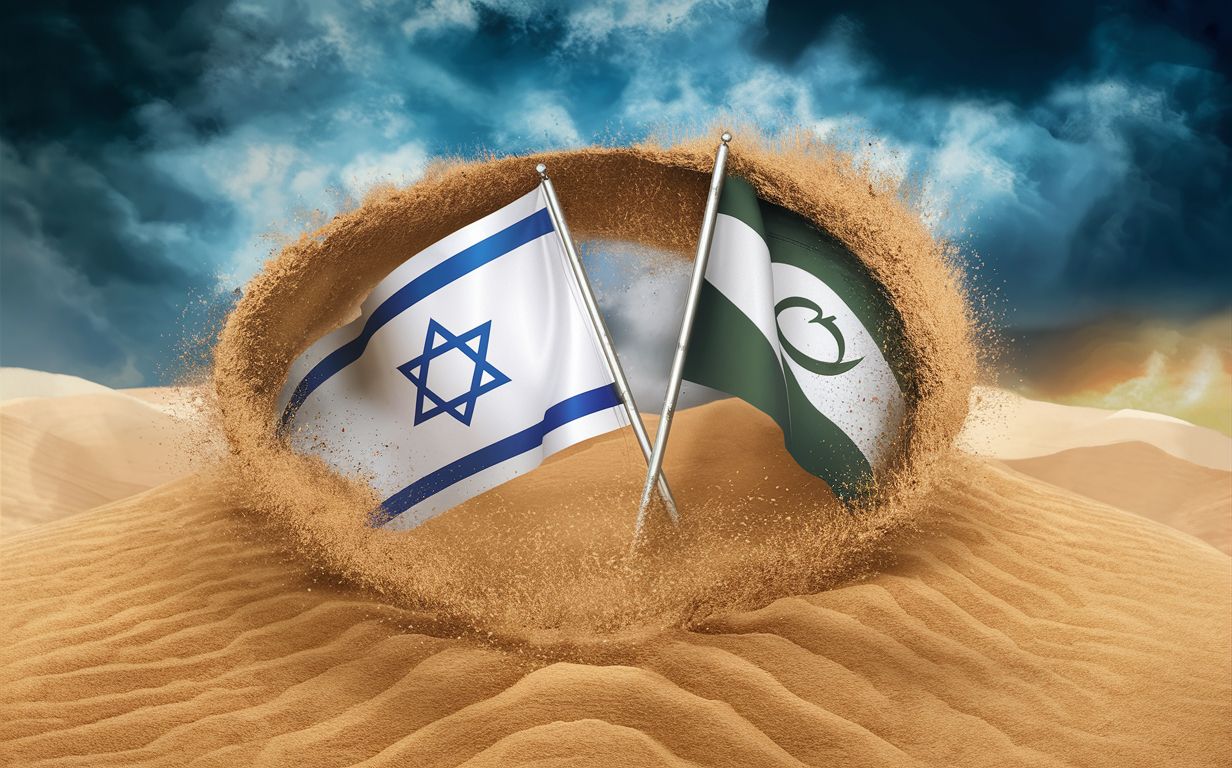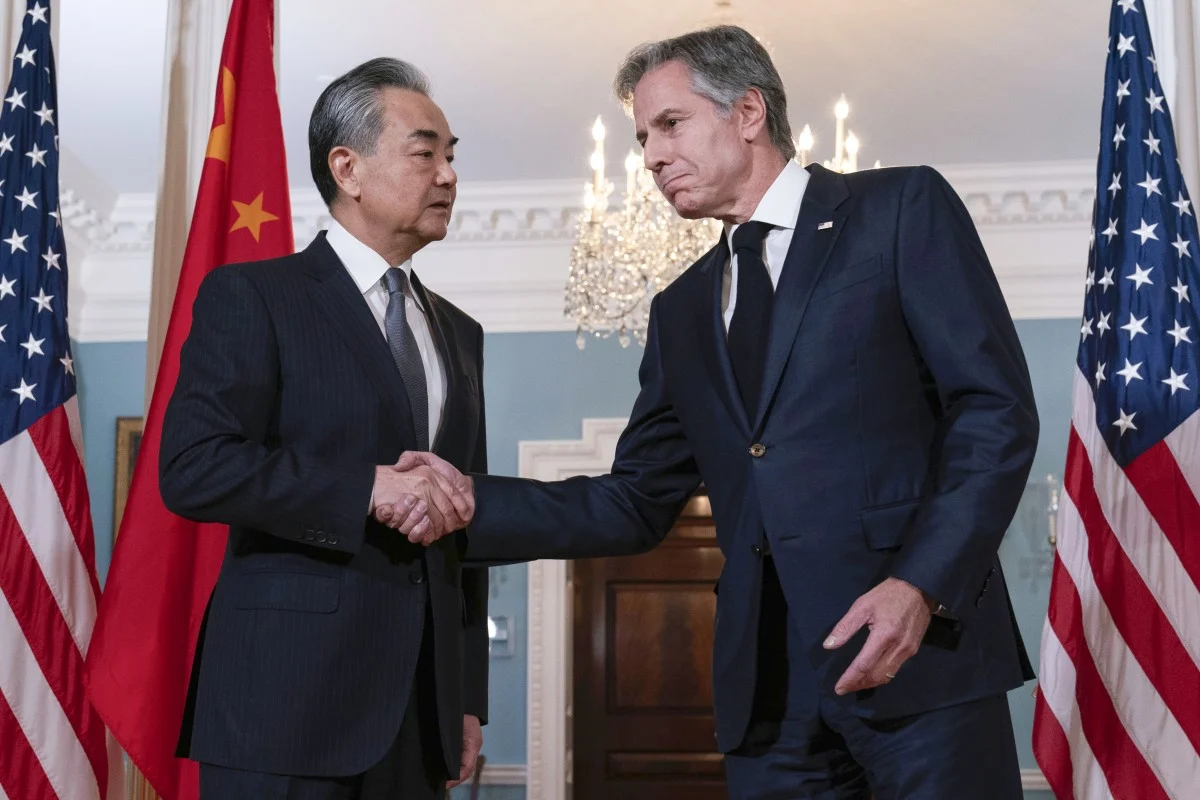Conflict
Tribal Clashes and the Bloodshed

Tribal Clashes in the parts of Baluchistan and Sindh bring miseries and destruction as warring tribes go on Killing Sprees and do not stop until they equal the numbers.
They go on a massive scale and target indiscriminately, the young and old are consumed in the fire of revenge and vengeance.
Tribal clashes create several socioeconomic problems that compel the tribes men to adopt criminal activities for instance armed robbery, mobile snatching, motorbike snatching and stealing in the rural areas where police patrolling is not available.
Sindh, Baluchistan, KP and Punjab are embedded in the Feudal fabric that is controlling the social, cultural and political arena of these provinces.
This is obviously the great game of some sardars and politicians to incite the tribes to fight to settle their dispute. The disputes are triggered from trivial issues like water share, agriculture land disputes, grazing of animals in somebody’s farmlands, marriage, illicit relations and Karo Kari (honour Killings).
These tribal feuds have already consumed thousands of innocent lives since our judicial system fails to provide relief so people are forced to seek justice from the traditional jirga system, run by the tribal chiefs. Regrettably, the Jirga’s decisions are unmerited in most cases,women are given in exchange to settle the disputes,and the verdicts are binding on both parties.

During the colonial era British conferred various benefits to these feudals due to their allegiance to the British Empire. They were awarded lands and properties along with various titles that still exist in today’s Pakistan.
Titles such as sardar,Mir,Nawab, Khan Bahadur, rais and Muqdum are used even today. The princely states were also classified as Salute and Non-salute states, depending on their favorability with the British.
These states were controlled indirectly by British India. Some examples include Bahawalpur, Khairpur, Makran, and Kalat.
For a long time these entitled elite have been ruling and controlling Sindh, Baluchistan and Punjab, for more than seven decades they have had a stronghold in these areas socially, economically and politically.
There are several sardars who traditionally hold hereditary Turbans (pug) of Tribal chief and control their community along with other communities.
In Baluchistan, the most active Sardari tribes are Bugti, Marri, Mengal, Bizenjo, Jamali, Magsi and Rind, In Sindh Sundrani, Bijarani, Mahar,Chandio, Mazari, Lund, Pitafi, Arbabs, Khoso, Chachar, Teghani, Jatoi, Bhayo and Shar. Syed tribes have been ruling the roost in Sindh for several decades, the most important seat of CM falls in their domain.
The heads of these tribal chiefs are autocratic princes and have totalitarian control over the people of their tribes;they enjoy the full authority in their respective areas.
These jirgas are not only lucrative businesses for the sardars, but they also aid them in consolidating their influence over their tribe members who then vote them to assemblies and the Parliament
The Sundrani, Bijarani, Mahar and Chandio Tribal chiefs control the greatest number of tribes in Sindh whereas Rind, Marri, Bugti and Mengals control most of the Baloch tribes in Baluchistan.
The extent of their control can be assessed on the following point that no one can have even matrimonial proposal without their consent and their verdict is final in all matters.
Feudal influence persists in these areas only because of the absence of writ of state and of law and order.Therefore, the tribesmen are compelled to opt for the Jirgas to settle disputes.
These jirgas delegate infinite powers to the arbitrator (Tribal Chief) consequently some decisions are astounding and illogical, but the communities cannot challenge them because of fear and oppression.
The Jirga process is very slow,both warring tribes must mutually agree to end the dispute, this may involve several sittings. Sometimes, the tribes resume their clashes soon after a settlement and pursue the killing spree owing to resentment by one tribe.
The women especially the young girls bear the brunt of these tribal clashes as unmarried girls are exchanged for compensation in case of murder settlements.These girls live in misery as the family members treat them as the daughter of the enemy and resort to domestic abuse and violence.Consequently, the innocent girls become the victims of these tribal jirgas.
The school going children also become victims of these tribal clashes amid fear of attack if they go to school, the enemy may target these students. Such incidences have been reported in the past.
In a recent incident between the Teghani and Bijarani tribes, two innocent students of matriculation were killed they were prepared to appear in the exams this March, unfortunate death took care that.
In another ironic incident a 70-year-old man was shot in the head when he was riding his donkey cart to work so he could feed his minor children and wife. Instead of getting food on the table in the evening the family received his dead body.
One recent incident still resonates in the minds of many when 30 innocent lives were lost in exchange of fire between two tribes owing to a trivial issue of illegal grazing of a cow. This continues to happen due to widespread illiteracy and unrestricted use of sophisticated weapons.
This was the one of the worst examples when dozens of men, women and children got butchered in a single day,in a blatant display of barbarity.
The role of Police is very dismal rather dubious since such incidences also occur in cities,in broad day light. Police usually arrive late giving these trigger happy thugs a license to kill innocent people.
The open display of sophisticated weapons like fully automatic fire arms to rocket launchers makes one question how these communities manage to purchase such expensive arms when their purchase requires official approval and some are not even meant for civilians.
In some instances the police becomes an accomplice taking monetary benefits form the tribe that intends on attacking it’s rival turning a blinds eye.
The Government is clueless or an accomplice like the police in these incidents or deliberately avoids legislation against this butchery of humanity since most of the MPA’s and MNA’s are tribal chiefs themselves. They will never legislate against these crimes as they are well aware that legislation means curtailing their own powers and monetary losses.
It is high time that civil society, legal fraternity, and human rights defenders must come forward to stop this massacre in the name tribal disputes and the Supreme Court of Pakistan must take notice of this cold-blooded murder.
The Government should ban the jirgas completely and all murders under the guise of Honour Killings and Tribal disputes should be treated as a crime against humanity with exemplary punishments. Government should also control issuing of licenses to civilians.
The civil society must create awareness against and promote love and harmony among the communities so that they may settle their differences peacefully and never engage in fighting.Precious human lives need to be preserved especially those of the youth.
Discover more from The Monitor
Subscribe to get the latest posts sent to your email.
Conflict
Shifting Sands: The Impact of the Israel-Hamas Conflict on Arab Perspectives

Introduction
The ongoing conflict between Israel and Hamas in Gaza has far-reaching implications that extend beyond the immediate region. This article delves into how this conflict is reshaping Arab views, impacting support for America, the two-state solution, Iran, and violent resistance.

1: The Erosion of Support for America
The Israel-Hamas conflict has led to a decline in support for America among Arab nations. The perception of the United States as a neutral mediator in the region has been challenged, with many viewing its stance as biased towards Israel. This shift in sentiment has implications for American foreign policy and its influence in the Middle East.
2: The Decline of the Two-State Solution
As the conflict persists, support for the two-state solution has waned among Arab populations. The failure to achieve a lasting peace agreement has fueled scepticism about the feasibility of this long-standing proposal. Alternative solutions are being considered as hope diminishes for a resolution based on two separate states.
3: The Rise of Iran’s Influence
Iran’s support for Hamas and other militant groups has garnered increased favour among some Arab nations. As Iran positions itself as a champion of Palestinian rights and resistance against Israel, its influence in the region is on the rise. This shift has geopolitical implications and is altering alliances in the Middle East.
4: The Growing Acceptance of Violent Resistance
The Israel-Hamas conflict has contributed to a growing acceptance of violent resistance as a legitimate means of opposing Israeli occupation. This shift in attitude reflects frustration with diplomatic efforts and a belief that armed struggle may be necessary to achieve Palestinian goals. The normalization of violent resistance poses challenges for peace efforts in the region.
Conclusion
The Israel-Hamas conflict is not just a localized struggle but a catalyst for broader changes in Arab perspectives. Support for America and the two-state solution is declining, while Iran’s influence and acceptance of violent resistance are on the rise. Understanding these shifts is crucial for navigating the complex dynamics of the Middle East and working towards sustainable peace.
Discover more from The Monitor
Subscribe to get the latest posts sent to your email.
China
China’s Diplomatic Intervention in the Israel-Gaza War: A Call for Impartiality

The recent Israel-Gaza war has caused widespread turmoil and devastation in the region. As the world struggles to come to terms with the aftermath of the conflict, China’s top diplomat, Wang Yi, has called on major countries to be fair and impartial in their approach to resolving the crisis.
Wang Yi’s comments come at a time when tensions between Israel and Palestine are at an all-time high, with both sides accusing the other of instigating the conflict. The situation has been further exacerbated by the involvement of other countries, including the US, which has been accused of taking sides in the dispute.
In his statement, Wang Yi called on major countries to “uphold justice and fairness, and push for an early end to the violence and conflict.” He also stressed the need for a “comprehensive, just, and lasting solution” to the crisis, which would involve addressing the underlying issues that have led to the conflict.
Wang Yi’s comments have been welcomed by many in the international community who see them as a positive step towards resolving the crisis. However, there are also those who remain sceptical about China’s role in the conflict, given its historical support for Palestine and criticism of Israel’s actions.
Despite these concerns, it is clear that Wang Yi’s call for fairness and impartiality is a crucial one, particularly in a conflict where emotions are running high and tensions are at their peak. If major countries can come together to support a peaceful resolution to the crisis, it could provide a much-needed ray of hope for the people of Israel and Palestine, and help to prevent further bloodshed and suffering.
In conclusion, the Israel-Gaza war is a complex and difficult issue that requires a nuanced and comprehensive approach. China’s call for fairness and impartiality is an important step in the right direction, and it is now up to major countries to work together to find a solution that is just, lasting and ultimately serves the best interests of all those involved.
Discover more from The Monitor
Subscribe to get the latest posts sent to your email.
China
Western Moves to Contain China’s Rise and The New Global Order!

Table of Contents
I. Introduction
Many Western countries are actively working to limit China’s rise to power on the global stage. Their approach involves utilizing international law and norms to create a narrative that portrays China as a potential threat to the current world order. This strategy aims to curb China’s influence and prevent it from becoming a dominant force in the international community. By constructing this narrative, Western countries hope to gain support from other nations and strengthen their positions in the global arena. However, this approach may also lead to increased tensions and conflict between China and the West.
II. Western Countries’ Efforts to Contain China’s Rise
A. Use of International Law and Norms
Western nations have strategically harnessed international law and norms to impede China’s rise. This involves leveraging their diplomatic and economic influence to mould a narrative that portrays China as a disruptor of the established global equilibrium.
B. Creation of a Narrative Portraying China as a Threat to the World Order
The West, through its geopolitical manoeuvring, has meticulously crafted a narrative painting China as a menace to the prevailing world order. This narrative, however, raises questions about its veracity, as it seems detached from objective facts and is utilized to rationalize Western aggression against China.
C. Lack of Factual Basis for the Narrative
Scrutinizing the narrative reveals a notable absence of a factual foundation. The depiction of China as a global threat appears to be a strategic fabrication, a tool wielded to legitimize Western actions against China and rally international support.
D. Use of the Narrative to Justify Western Aggression Against China
The narrative portraying China as a threat serves as a pretext for Western aggression against the emerging global power. This aggressive stance, built on a shaky foundation, not only distorts the reality of China’s peaceful rise but also contributes to an increasingly precarious global situation.
” Western strategies to thwart China’s rise, exposing the fabricated narrative and exploring China’s visionary response to forge a fairer world order
III. China’s Response to These Challenges
A. Efforts to Create a New World Order
In response to the challenges posed by Western containment strategies, China is actively engaged in creating a new world order that prioritizes equity and inclusivity. This involves a departure from the traditional power dynamics and a quest for a more balanced and fair global system.
B. Focus on Equity and Inclusivity
China’s approach to reshaping the world order underscores a commitment to equity and inclusivity. By advocating for a fair and just global environment, China aims to foster cooperation, mutual respect, and understanding among nations.
IV. Conclusion
A. Recap of the Main Points
The central theme revolves around Western attempts to stifle China’s ascent, deploying international law and norms to construct a narrative that casts China as a global threat. tIt also analyses China’s response, emphasizing its pursuit of a new world order marked by equity and inclusivity.
B. Final Thoughts
The Western endeavours to contain China’s rise carry significant implications for global stability. Recognizing China’s ascendancy and engaging in collaborative efforts to construct a more equitable and just world order is not only prudent but essential for fostering a harmonious and cooperative international community. As we navigate these complex geopolitical waters, the imperative is to move beyond adversarial narratives and embrace a shared vision for a better future.
Discover more from The Monitor
Subscribe to get the latest posts sent to your email.
-

 Featured5 years ago
Featured5 years agoThe Right-Wing Politics in United States & The Capitol Hill Mayhem
-

 News4 years ago
News4 years agoPrioritizing health & education most effective way to improve socio-economic status: President
-

 China5 years ago
China5 years agoCoronavirus Pandemic and Global Response
-

 Canada5 years ago
Canada5 years agoSocio-Economic Implications of Canadian Border Closure With U.S
-

 Conflict5 years ago
Conflict5 years agoKashmir Lockdown, UNGA & Thereafter
-

 Democracy4 years ago
Democracy4 years agoMissing You! SPSC
-

 Democracy4 years ago
Democracy4 years agoPresident Dr Arif Alvi Confers Civil Awards on Independence Day
-

 Digital5 years ago
Digital5 years agoPakistan Moves Closer to Train One Million Youth with Digital Skills




















